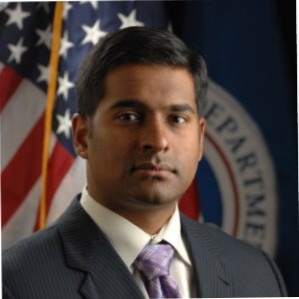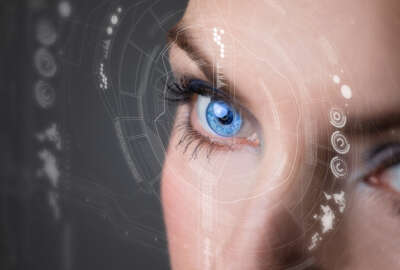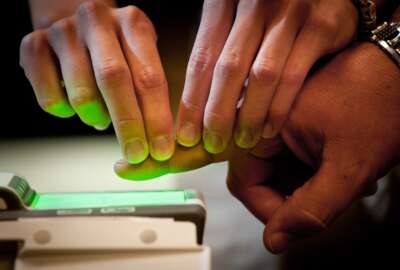DHS on hunt for next generation of facial recognition technology
A facial recognition showcase in September will give the Department of Homeland Security a peek into the private sector’s latest biotechnology innovations.
Best listening experience is on Chrome, Firefox or Safari. Subscribe to Federal Drive’s daily audio interviews on Apple Podcasts or PodcastOne.
In an effort to better manage the country’s ports of entry, the Department of Homeland Security is on the hunt for companies with cutting-edge facial recognition capabilities.
DHS’ Science and Technology Directorate plans to hold its third annual Biotechnology Rally in September to assess the latest strides in facial recognition. The agency, as well as volunteers and industry stakeholders, will examine how company products apply to different environments and conditions that have historically thwarted biometric technology.
At the rally, which will be held at the Maryland Test Facility in Upper Marlboro, Maryland, vendors will showcase their products to DHS as well as the public.

“The biometric rally is a way for S&T to engage directly with the industry,” Arun Vemury, director of S&T’s Biometric and Identity Technology Center, said on Federal Drive with Tom Temin. “We’re working with them to help make sure they have a better understanding of generalized DHS use cases, to talk more about performance and really to focus on giving them an opportunity to differentiate their product and their technologies from others, as well as provide them concrete feedback so they can go back and make the technologies better.”
The rally will feature a diverse set of about 600 volunteers who will test the performance of the matching algorithms presented. S&T — which serves as the editor of some international standards on how to assess the performance of biometric technologies — will then work with interagency partners to assess the facial recognition capabilities.
DHS will share the feedback with agency stakeholders and international partners, who also have stakes in border security and control.
Some of the current challenges in facial recognition include identifying twins and people who wear respiratory masks. But agencies, in addition to their private sector counterparts, are working to minimize these defects.
“We’re looking at trying to optimize the entire system, the entire process, to reduce errors and help people expeditiously get through the screening process,” Vemury said.
Groups like the National Institute of Standard and Technology have conducted research with matching algorithms for twins. And in 2020, DHS tested facial recognition performance for mask-wearers. The agency found that the best performing camera and algorithm combination yielded a 96% accuracy rate — a percentage that indicates the need for further testing.
“The results have been surprisingly promising and good so far,” Vemury said. “So while there are some systems that can work exceedingly well, there’s still a lot of room for improvement across the board.”
But challenges persist in how facial recognition tools perform across different environments, such as outdoor lighting conditions or long distances. The technology additionally must be able to detect different genders, races and other demographics.
Vemury said S&T is pushing these companies to shape their products not around specific usages, but rather around a broad set of performance features so that DHS can apply the facial recognition tools to different missions.
“We look not only just to one DHS component — we look across DHS components and missions, and we kind of abstract out the technical pieces,” Vemury said.
Copyright © 2025 Federal News Network. All rights reserved. This website is not intended for users located within the European Economic Area.





